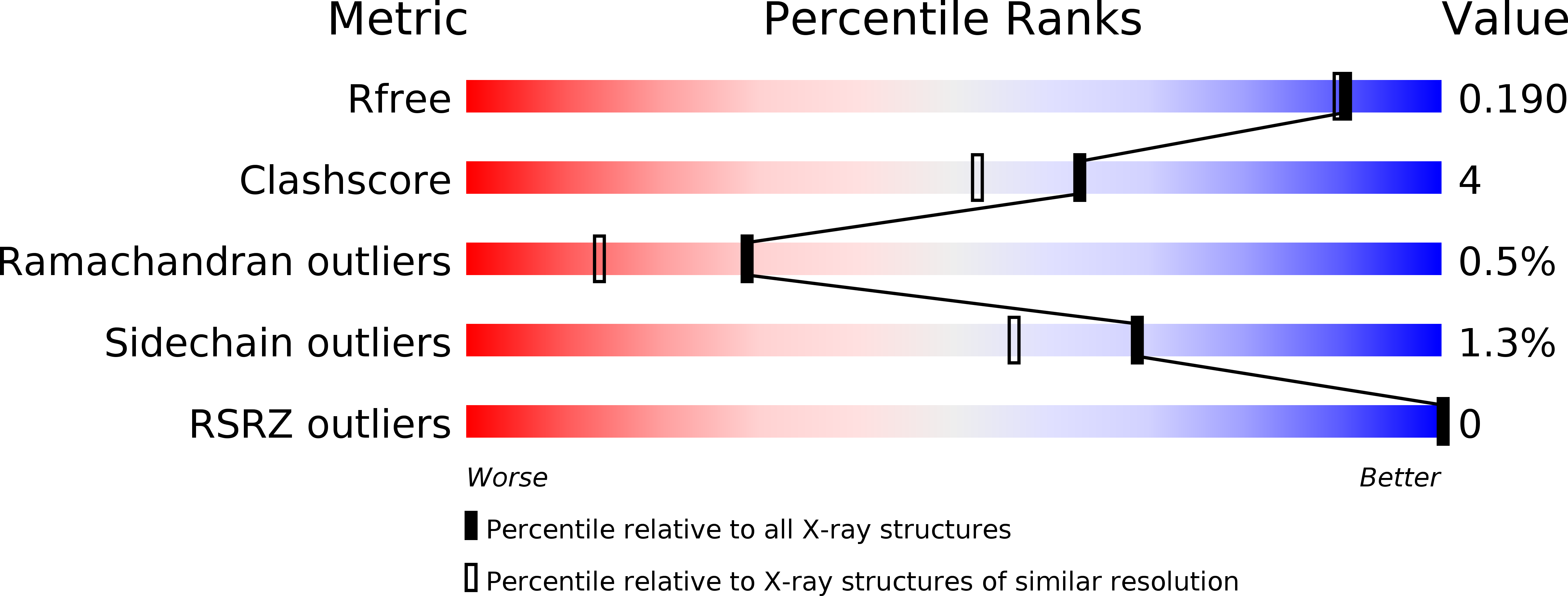
Deposition Date
2013-12-03
Release Date
2014-05-14
Last Version Date
2024-11-27
Entry Detail
Biological Source:
Source Organism:
Necator americanus (Taxon ID: 51031)
Host Organism:
Method Details:
Experimental Method:
Resolution:
1.70 Å
R-Value Free:
0.19
R-Value Work:
0.15
R-Value Observed:
0.15
Space Group:
P 1 21 1


